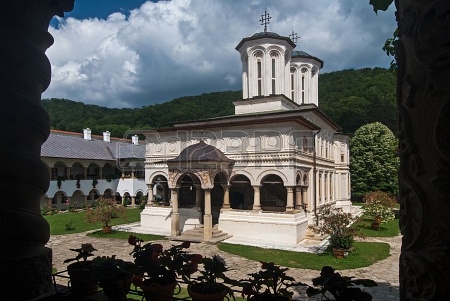Wallachia, the region of southern Romania which borders the more famous region of Transylvania to the north, was an independent principality until 1859, when it united with Moldavia to form the basis of the modern state of Romania. Transylvania joined 59 years later (1918) to form the new Kingdom of Romania. Vlad the Impaler, often thought to have inspired Bram Stoker’s Dracula, was actually the ruler of Wallachia (not Transylvania).
In 1801, before its unification with Moldavia, farmers and rural peasants still believed fervently in vampires even though modern science was beginning to dispel belief in vampires among the aristocracy. One of the more common ways farmers had in Wallachia to dispatch a vampire was to exhume the body and decapitate the corpse. If the vampire seemed to still attack the living after that, then the body was exhumed again and the body was either turned face-down or a wooden stake driven through it. If the attacks still seemed to continue, the body would be dug up a third time and burned (which was a difficult undertaking because dead bodies are so moist and therefore the last resort of vampire dispatchers — you can read about the fascinating science involved in burning dead bodies in Vampires, Burial, and Death: Folklore and Reality by Paul Barber).
It was the continued exhumation of corpses which came to the attention of the Wallachian authorities. On July 1, 1801 the authorities in Wallachia proclaimed that a corpse could not be exhumed more than TWICE in Wallachian territory if it was suspected of being a vampire!
Blood was not only important to the vampires the Wallachian farmers were trying to destroy. The stunningly beautiful Curtea de Arges Monastery was built by a ruler of Wallachia in 1512. But the walls kept crumbling because of a problem with the foundations. The architect and construction workers resorted to an ancient practice to reinforce the foundations: they sprinkled the blood of a newborn baby on the foundations and the walls stopped crumbling. (Another version of the story says how the pregnant wife of the architect was sealed alive inside the walls in order to stop them from crumbling.)

